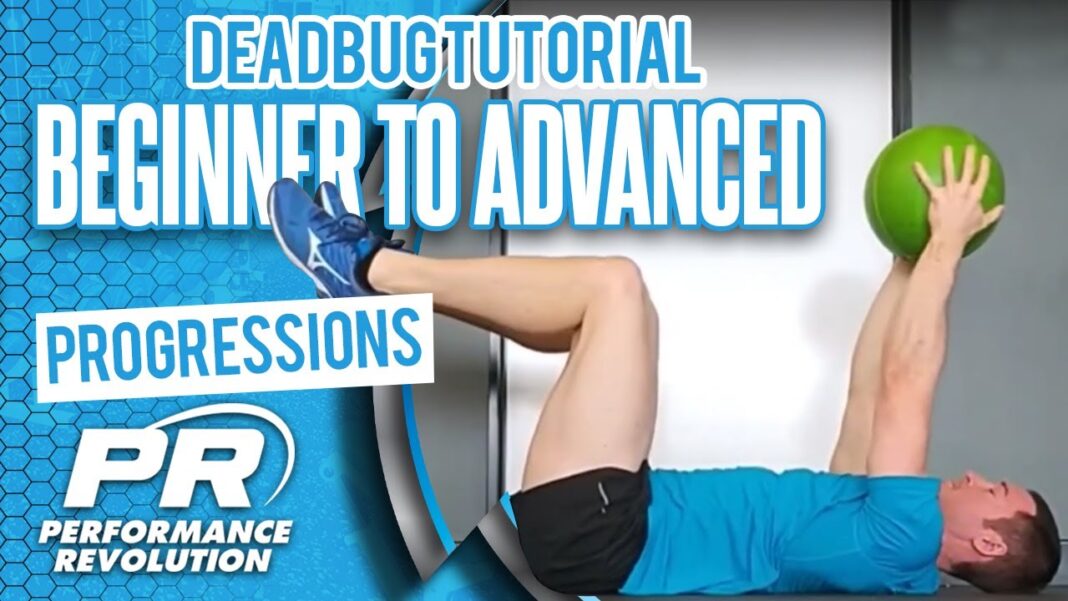Welcome to our guide on the Dead Bug exercise, a highly effective core-strengthening workout that targets multiple muscle groups. In this comprehensive article, we will delve into the various aspects of the Dead Bug exercise, including its benefits, variations, progressions, proper execution techniques from beginner to professional levels, and important considerations to maximize its effectiveness.
What is the Dead Bug Exercise?
The Dead Bug exercise is a dynamic core stability exercise that mimics the motion of a Floor bug lying on its back, hence the name. It primarily targets the abdominal muscles, including the rectus abdominis, transverse abdominis, and obliques, while also engaging the hip flexors, lower back, and shoulder stabilizers.
Muscles Targeted by Dead Bug Exercise
Core Muscles Engaged
The primary focus of the Dead Bug Exercise is the core muscles, including the rectus abdominis, transverse abdominis, and obliques. These muscles work together to stabilize the spine and pelvis during movement.
Secondary Muscles Involved
In addition to the core muscles, this Exercise also engages secondary muscle groups such as the hip flexors, quadriceps, and shoulder stabilizers.
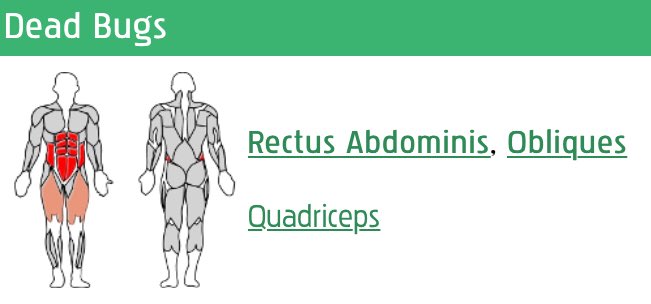
How to Perform the Dead Bug Exercise
Beginner Level:
- Starting Position: Lie flat on your back with your arms extended toward the ceiling and your legs bent at a 90-degree angle, knees directly above your hips.
- Engage Core: Brace your core to press your lower back into the floor.
- Movement: Slowly lower one leg towards the ground while simultaneously extending the opposite arm overhead, maintaining a neutral spine.
- Return to Starting Position: Return to the starting position by bringing your arm and leg back to the initial position.
- Alternate Sides: Repeat the movement on the opposite side.
- Repetitions: Aim for 10-12 repetitions on each side.
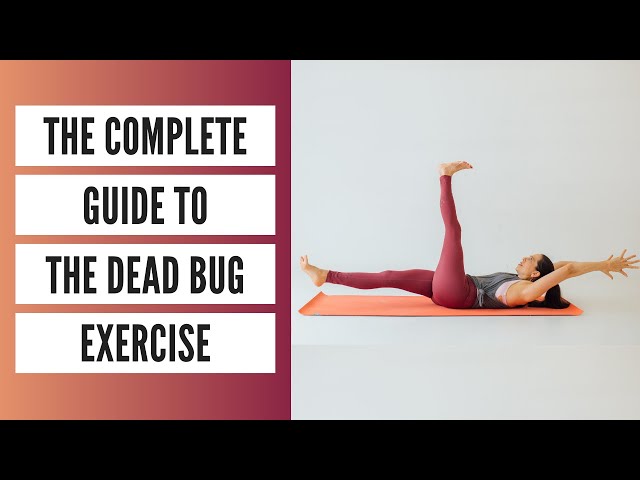
Advanced Level:
- Follow the same steps as the beginner level but increase the difficulty by extending both legs simultaneously while keeping them close to the ground without touching it.
- Maintain control throughout the movement to prevent excessive arching of the lower back.
Dead Bug Exercise Progressions
Stability Ball Dead Bug:
- Utilize a stability ball to increase instability and challenge core stability further.
- Perform the exercise with the stability ball between your knees and hands, following the same movement pattern.
Resistance Band Dead Bug:
- Incorporate a resistance band looped around your feet to add resistance to the movement.
- Maintain tension on the band throughout the exercise to engage the muscles effectively.
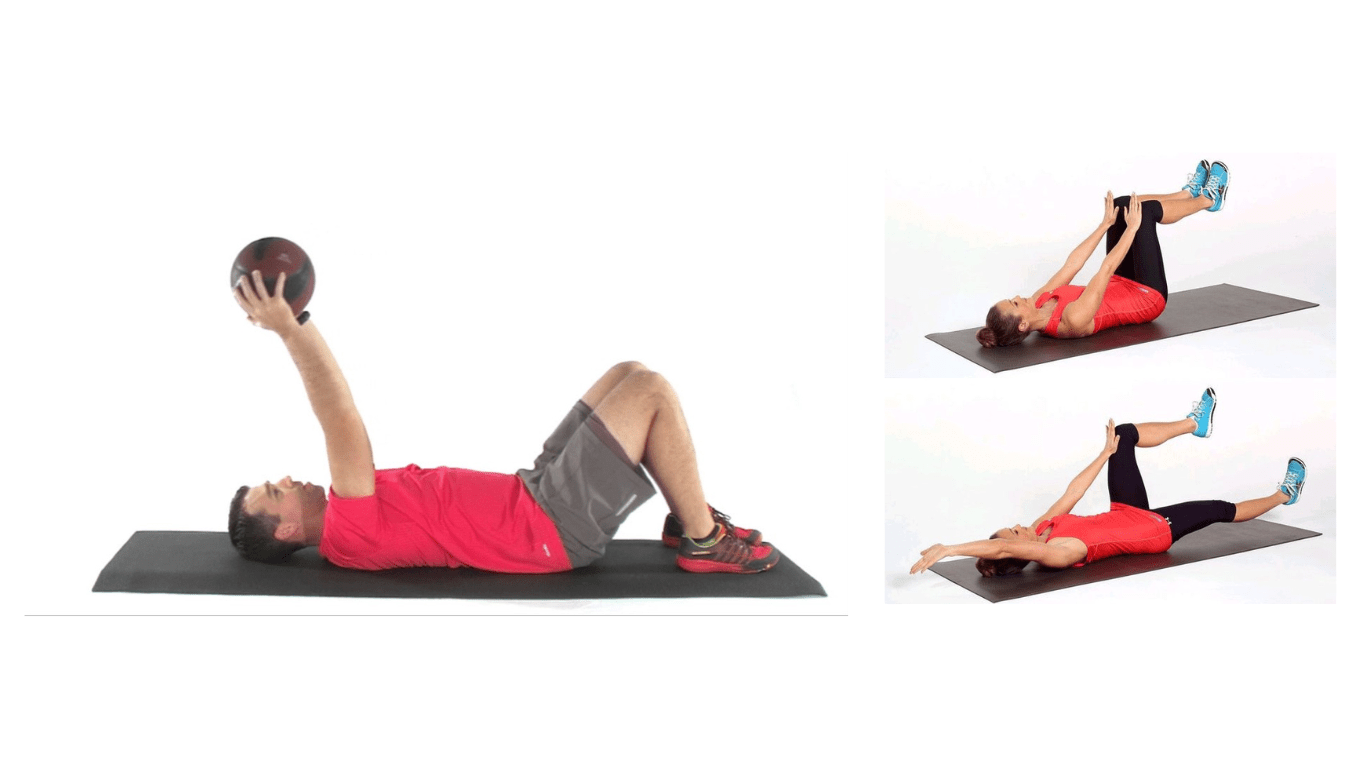
Variations of the Dead Bug Exercise
Cross-Body Dead Bug:
- Instead of extending the opposite arm and leg, bring them towards each other, crossing over the midline of the body.
- This variation increases oblique engagement and challenges core stability further.
Weighted Dead Bug:
- Hold a light dumbbell or medicine ball in your hands while performing the exercise to increase resistance.
- Ensure proper form and control to prevent strain on the lower back.
Benefits of Dead Bug Exercise
- Core Strength: Targets deep core muscles for improved stability and strength.
- Spinal Health: Promotes proper spinal alignment and reduces the risk of lower back pain.
- Functional Movement: Mimics real-life movements and enhances overall functional fitness.
- Balance and Coordination: Improves balance and coordination by challenging stability.
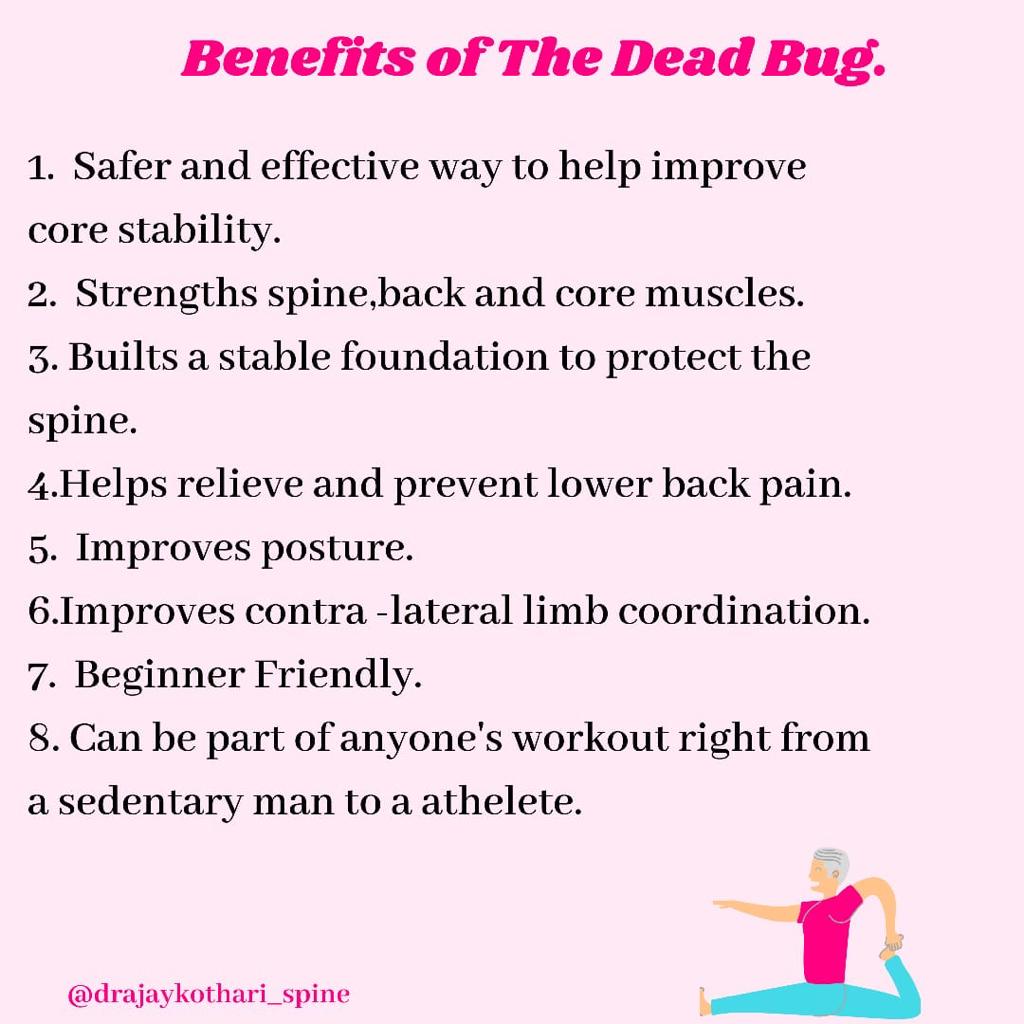
Avoiding Tips While Performing Dead Bug
- Avoid Arching the Lower Back: Maintain a neutral spine throughout the exercise to prevent excessive strain on the lower back.
- Avoid Jerky Movements: Perform the exercise with controlled, smooth movements to maximize muscle engagement and minimize injury risk.
Factors Involved in Difficulty Level
- Stability: The use of stability balls or resistance bands increases the difficulty by introducing instability.
- Range of Motion: Extending the legs further from the body increases the lever arm, making the exercise more challenging.
- Core Strength: Individuals with weaker core muscles may find the exercise more difficult initially but can progress with consistent practice.
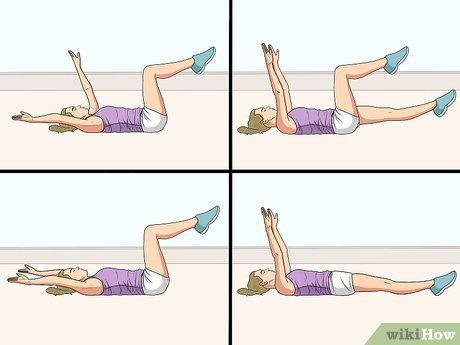
Who is Dead Bug Suitable For?
- Athletes: Ideal for athletes looking to improve core strength, stability, and overall performance.
- Fitness Enthusiasts: Suitable for individuals of all fitness levels seeking to enhance their core strength and stability.
- Rehabilitation: Beneficial for individuals recovering from lower back injuries as it promotes spinal stability without excessive strain.
Who is Dead Bug Not Suitable For?
- Severe Back Injuries: Individuals with severe lower back injuries should consult with a healthcare professional before attempting the Dead Bug exercise.
- Pregnancy: Pregnant individuals should exercise caution and may need to modify the exercise to suit their comfort level.
In conclusion, the Dead Bug exercise is a highly effective core strengthening exercise that offers numerous benefits for individuals of all fitness levels. By incorporating various progressions and variations, you can tailor the exercise to suit your fitness goals and abilities while minimizing the risk of injury. Remember to prioritize proper form and technique to maximize effectiveness and safety.
